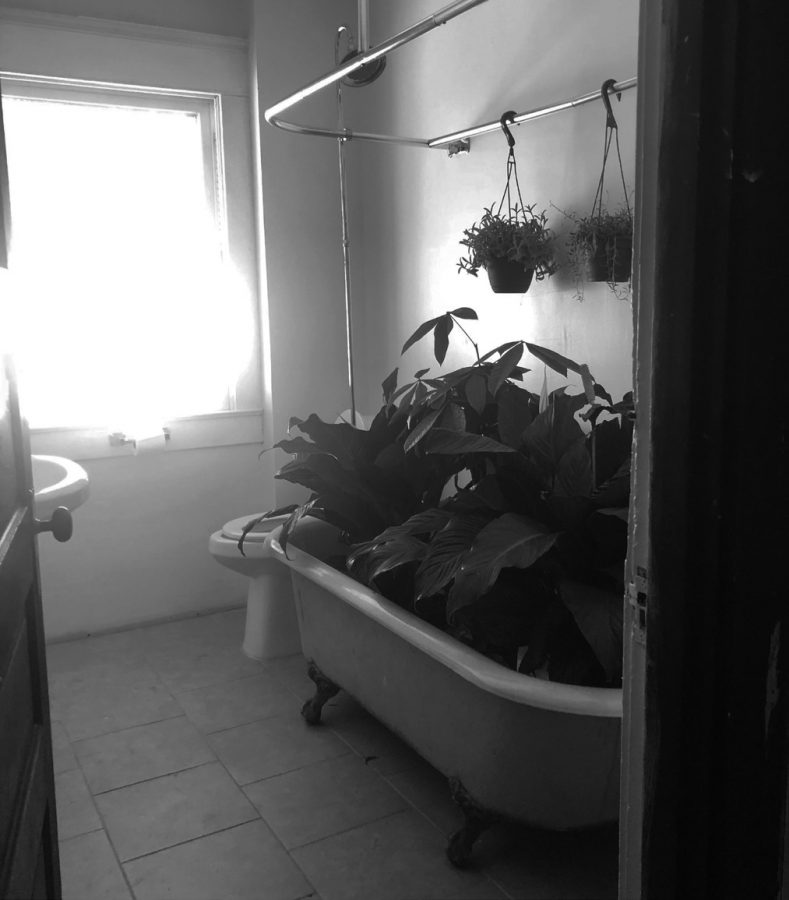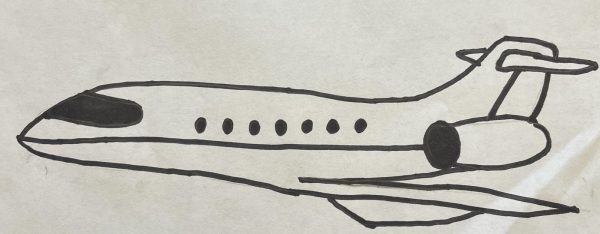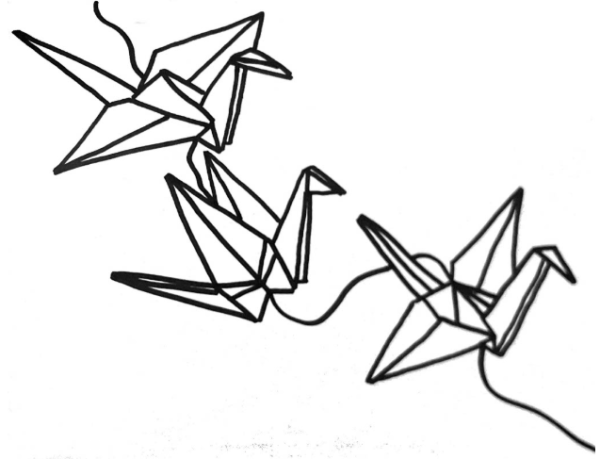Wa Na Wari House
A space for Black artists.
For many living and working in the Central District, it feels as if there are new apartment complexes and overpriced grocery stores being built every day. As gentrification progresses, there are fewer and fewer spaces available for Black people and their stories in the once redlined neighborhood. Artists Inye Wokoma, Jill Freidberg, Elisheba Johnson, and Rachel Kessler, took matters into their own hands by creating Wa Na Wari, a home for Black art, stories, and connections.
To a passerby, the big, gray, early 20th century house might just look like any other in the Central District. The inside, however, is filled to the brim with stories about Seattle’s historically African-American neighborhood.
Located on 24th and Marion, the space has been the home to Wokoma’s family for the past five generations. Holding on to a family home, especially in a rapidly gentrifying neighborhood like the Central District, is not an easy task. After seeing many of his relatives forced out of the neighborhood due to lack of affordable housing, Wokoma decided to turn the house into a Black-centric space.
Wa Na Wari means “our home” in Kalabri, which is a language of Southern Nigeria. The name is fitting, seeing as much of the art in the house revolves around community, preservation, and healing. Currently the exhibit features the photography, short films, and collages of Ariella Tai, Howard Mitchell, and Moscou Jackson. Their art touches on police brutality, colonization, being unapologetically Black, and Black sexuality and gender. Wa Na Wari aims to host the work of three to four different artists per month.
The house seeks to address the issues of gentrification and displacement through art as well. Throughout the house there are View-Masters displaying pictures of Cherry, 23rd, Midtown Center, Medgar Evers, and even Garfield dating from the 1930’s to now. The View-Masters allow the audience to visualize the ways in which the neighborhood has changed, and how it has kept its essence.
The exhibit is unlike traditional museums and galleries in that it encourages members of the community to participate by telling their own stories. In a room on the second floor, there is a map of the Central District that spans the entire wall. Beside it are Post-it notes on which people have written their own stories about what it was like growing up in the neighborhood and how things have changed. The house is meant not only as a place for artwork to be displayed but also as an area where Black people can connect with one another and reclaim the spaces they are being removed from.
Wa Na Wari is open to the
public Friday, Saturday, and Sunday from 11am to 5pm.
Located at 911 24th Ave, Seattle, WA, 98122





